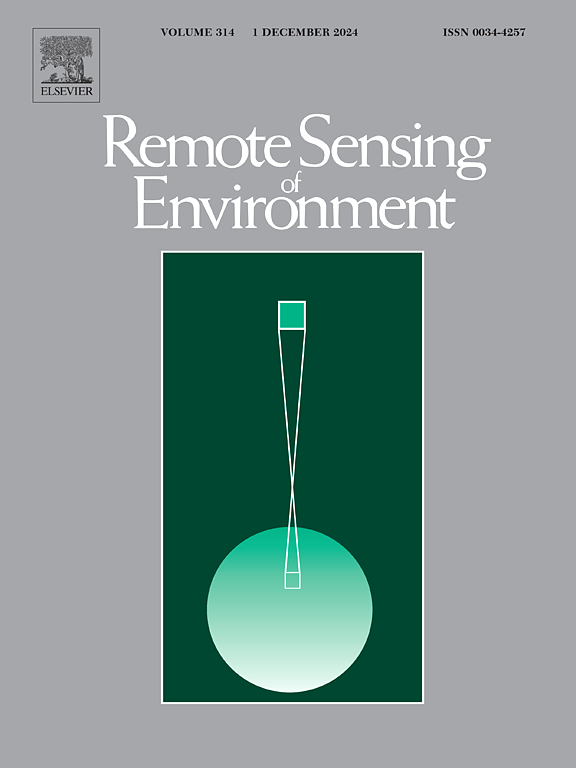Transpiration - Soil evaporation partitioning determines inter-model differences in soil moisture and evapotranspiration coupling
Feng, Huihui , Wu, Zhiyong , Dong, Jianzhi , Zhou, Jianhong , Brocca, Luca , He, Hai
2023-12-01 null null 298(卷), null(期), (null页)
The analysis of land-atmosphere water and energy interactions requires reliable representation of soil moisture (SM) and evapotranspiration (ET) coupling strength (p). However, p in current land surface models (LSMs) is prone to bias and its error sources remain unclear. This study aims to identify error sources controlling LSM p biases. To this end, we first use a well-established algorithm to produce debiased reference p map based on multisource remote sensing data. Then, p values from three LSMs (Variable Infiltration Capacity (VIC), Catchment Land Surface Model (CLSM), and Noah) in Global Land Data Assimilation System (GLDAS) are evaluated against our reference p map. Results show that all the three LSMs demonstrate strong p in the northern part of China (dominated by arid and semi-arid climates). In contrast, the biases of modeled p are marginal in the (relatively) humid southern part of China. Across the three LSMs, Noah and CLSM contain substantial positive biases in p representation, while VIC-based p estimates are significantly lower than the remotely sensed reference p values. Based on our analysis, it appears that the relative importance of transpiration and soil evaporation determines the overall magnitude of p and the inter-model p differences. However, the LSMs employ different schemes in land surface energy balance. Therefore, the exact process and/or parameter controlling the transpiration and soil evaporation partitioning may be model-specific.
相关推荐
- Satellite-based re-examination of global soil moisture variation [2023-12-01]
- NDVI Prediction of Mediterranean Permanent Grasslands Using Soil Moisture Products [2023-12-01]
- Improving the STARFM Fusion Method for Downscaling the SSEBOP Evapotranspiration Product from 1 km to 30 m in an Arid Area in China [2023-12-01]
- Possible Future Climate Change Impacts on the Meteorological and Hydrological Drought Characteristics in the Jinghe River Basin, China [2023-12-01]
- Irrigation estimates from space: Implementation of different approaches to model the evapotranspiration contribution within a soil-moisture-based inversion algorithm [2023-12-01]



